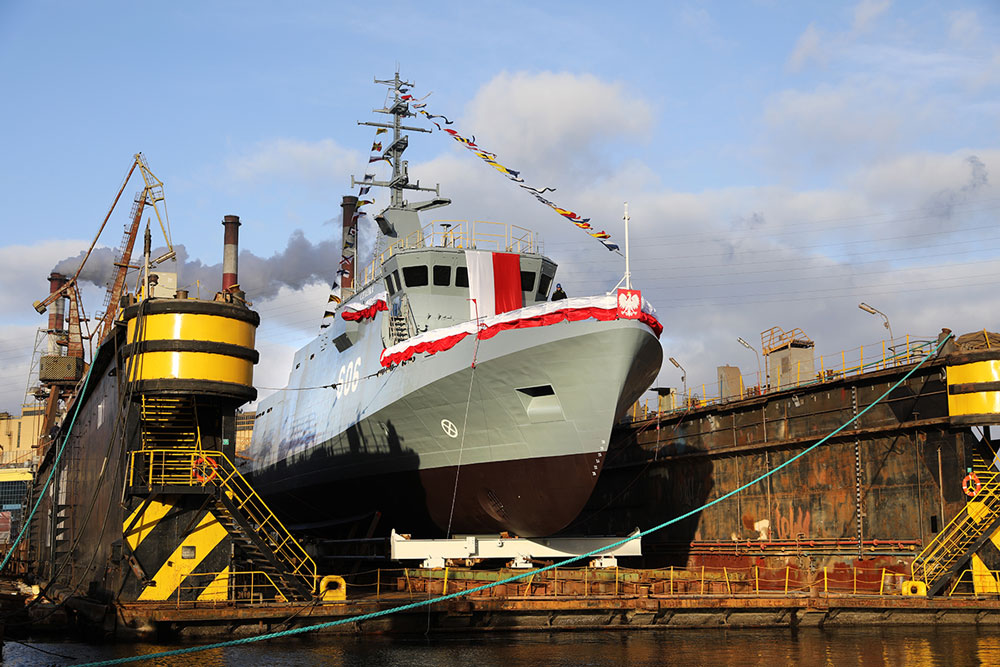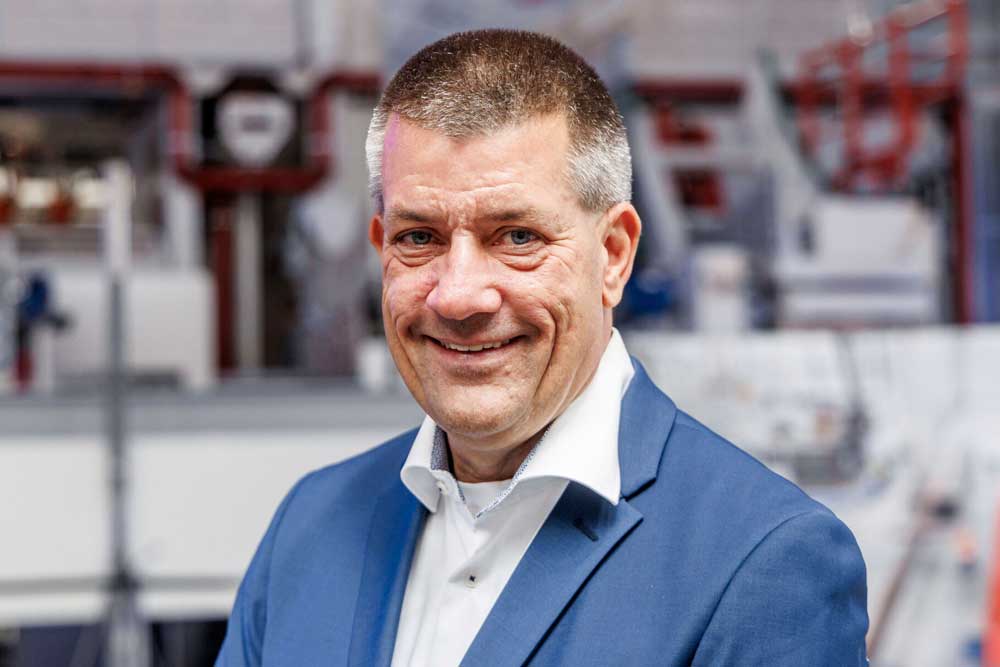Ammonia could soon overtake methanol, including in the shipping industry. This is the conclusion reached by analysts at MSI.
The conversion of the global economy to low-carbon energy sources is causing the production of “green” ammonia to increase dramatically and will soon surpass the volume of methanol. At least that is what the analysts at Maritime Strategies International (MSI) predict in their latest “Foresight”. [ds_preview]
In addition, the growing trade and transportation of the alternative energy source will create a demand for almost 400 very large liquefied natural gas tankers. This would be an increase of more than 50% compared to the current fleet of 375 ships.
Growing demand for ammonia tankers
In comparison, the need for 215 methanol tankers is also considerable, but less dramatic. At the end of 2023, the global fleet of suitable tankers numbered more than 280 ships.
Despite high costs and ongoing safety problems, clean ammonia is gaining in importance as a potential bunker fuel for shipping, as a hydrogen carrier for power generation and as a raw material for industry, write the MSI experts.
Energy transition drives ammonia production
This is leading to a reorientation in production. Instead of concentrating on fertilizer production as in the past, future development will be driven primarily by the energy markets. At the same time, the pendulum is swinging more and more towards clean (blue and green) ammonia and away from gray ammonia. According to MSI, global production could reach around 30 million tons by 2030 and continue to grow to 300 million tons by 2050.
The production of “green” methanol will also increase, primarily driven by purchase agreements for methanol as a marine fuel, as a chemical feedstock and because of its role in a future hydrogen economy.
Methanol falls behind
However, the trade in clean methanol will lag behind the demand for ammonia. Around 15 million tons could be traded in 2030, of which 9 million tons would be in the “green” sector. By 2050, the volume is expected to rise to 100 million tons – corresponding to a third of the trade in “green” ammonia.
Forecasts for the production and trade of hydrogen are still vague. “There are still major infrastructural challenges before significant trade can become a reality,” says Stuart Nicoll, MSI Director and author of the study. However, significant investment is already flowing into the sector, while an increasing number of intergovernmental agreements and more and more trade agreements are being signed. A ramp-up is therefore to be expected.














